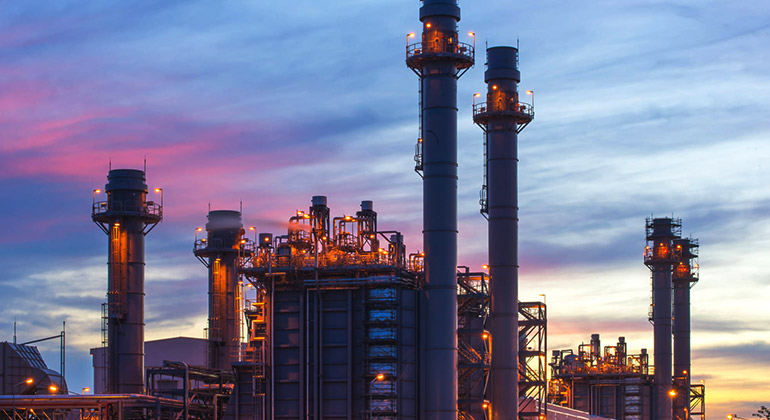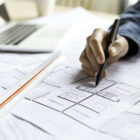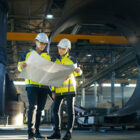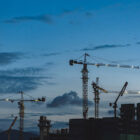In the ever-evolving construction industry, the concept of value-add construction remains a topic of debate. As trends shift towards sustainability, smart technologies, and modern aesthetics, some may wonder: is there still a market for value-add construction? The answer is a resounding yes—but the landscape has certainly changed.
Understanding Value-Add Construction
Value-add construction typically involves upgrading, renovating, or repositioning existing properties to increase their market value. This approach is popular in both residential and commercial real estate, as it allows investors to enhance property performance without undertaking complete rebuilds.
Why the Market Still Exists
Despite changing demands, several factors sustain the value-add construction market:
Aging Infrastructure: Many buildings require upgrades to meet modern standards, from energy efficiency to technological integration.
Economic Considerations: Renovations are often more cost-effective than new builds, especially in urban areas with limited space.
Increased Property Value: Enhancements like modern facades, energy-efficient systems, and smart technologies significantly boost property value.
Adaptive Reuse: Transforming outdated commercial spaces into mixed-use or residential properties remains a profitable strategy.
Sustainability Initiatives: Retrofitting older buildings with sustainable features appeals to eco-conscious tenants and buyers.
Challenges and Opportunities
While the value-add market remains relevant, it’s not without challenges. Rising material costs and labor shortages can impact profitability. However, leveraging Smart Scale Estimating ensures precise budgeting and cost management, allowing investors to make informed decisions and optimize project outcomes.
The Future of Value-Add Construction
As long as urban centers continue to grow and demand for updated spaces persists, value-add construction will maintain its relevance. The key lies in adopting data-driven approaches, focusing on sustainable upgrades, and addressing community needs.
By incorporating modern solutions and precise cost estimation, value-add construction not only revitalizes existing structures but also contributes to sustainable urban development. In short, there is still a robust market for value-add construction—one that thrives on innovation and smart planning.





